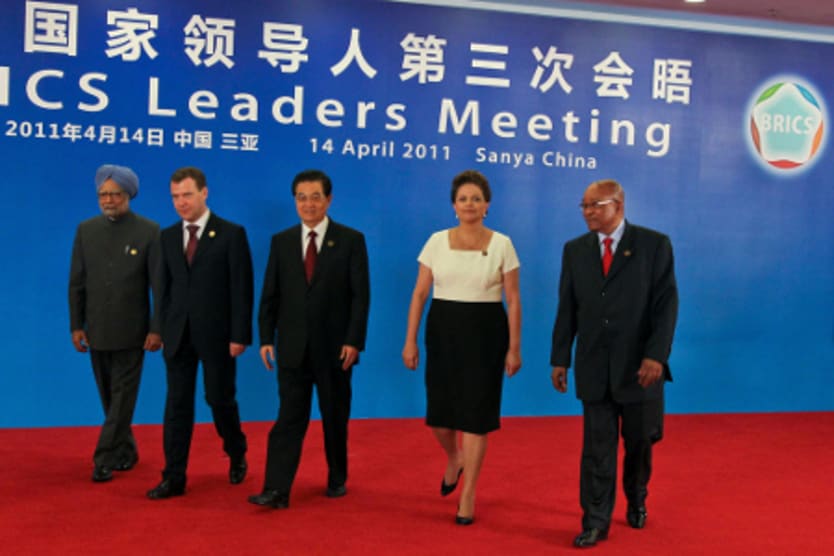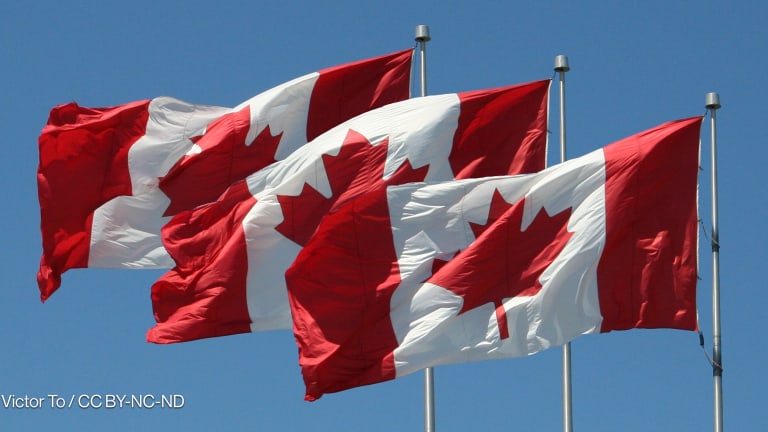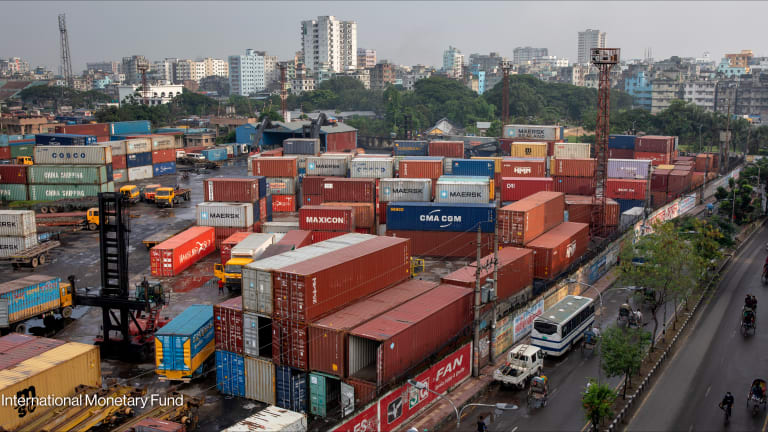
Just like so much else in our world, the international aid system status quo is being disrupted. Dominated by the Organization for Economic Cooperation and Development’s Development Assistance Committee (DAC) – a well-known forum comprised of the world’s traditional donor countries – and prominent multilateral development banks, the programming and disbursement of foreign aid has been routinely accomplished through well-established paradigms. While traditional bilateral and multilateral donors will certainly continue to play the pre-eminent funding role in international development, there is evidence that non-DAC or “emerging” donors are changing the foreign aid architecture, particularly in the humanitarian assistance space and certain development niches.
According to the United Nations Department of Economic and Social Affairs, official foreign aid from emerging donors could exceed $20 billion by 2010. Most agree that is a conservative estimate, and still a force with which to reckon. Among the new players are Brazil, Russia, India, and China, also known as the BRICs, whose global economic influence continues to grow. In addition to the BRICs, the United Nations Office for the Coordination of Humanitarian Affairs (UNOCHA) lists Saudi Arabia, Turkey, United Arab Emirates, Thailand, Mexico, and Kuwait to round out the top 10 emerging humanitarian aid donors in 2010. These countries’ support of multilateral aid initiatives, overall efficacy of their assistance programs, and size of their aid budget and spending (in some cases greater than certain DAC donors) have generated significant interest across the international development community.
In 2010, the disaster and conflict-affected nations of Haiti and Pakistan were the targets of 85 percent of emerging donor humanitarian aid. In Haiti, a country still reeling from the devastating effects of the 2010 earthquake and where donor fatigue has undeniably set in, the top emerging donors were Saudi Arabia ($50 million), Brazil ($18.1 million), and China ($14.1 million). The top three donors in support of Pakistan were Saudi Arabia ($200.6 million), Turkey ($53.3 million), and India ($26.1 million).
Emerging donors also provided humanitarian assistance to countries that normally do not receive large volumes of funds from DAC donors. In 2008, for example, emerging donor contributions to Yemen totaled $172.5 million (which accounts for roughly over 80 percent of all contributions) compared to DAC’s $17.7 million. In 2009, emerging donor humanitarian assistance to Maldives amounted to $71.9 million compared to the DAC’s $8.7 million.
Benefitting from their own experiences with poverty and humanitarian crises, emerging donors have paid special attention to the basics of development and relief including food provisioning and large-scale disaster response. In 2010, emerging donors contributed $87.1 million to the U.N. World Food Programme (WFP) and $90.6 million to UN Emergency Response Funds (ERFs). To place that contribution in proper perspective, the United States, the largest donor of humanitarian aid in 2010 at about $4.9 billion, gave only $10 million through the U.N. Central Emergency Response Fund or CERF. Furthermore, India gave $500,000 to the CERF and $20 million to the Pakistan ERF while Saudi Arabia gave $50 million to the Haiti ERF.
Beyond just the numbers, emerging donor development approaches and programs are also garnering recognition and praise. Customized, targeted, and fit-for-purpose/environment cooperation programs such as Brazil’s Lét Agogo (Lots of Milk) in Haiti, which encourages mothers to take their children to school in exchange for free meals, are raising the eyebrows of global development professionals. There is also Brazil’s education cooperation program under which fifty Brazilian professors are training Timorese teachers. India is constructing houses for Sri Lanka’s internally displaced persons including the rehabilitation of key harbors, airports, and cultural attractions. Turkey contributed over $31 million in emergency aid in 2008, most of which was provided in kind. After the 2008 earthquake in Pakistan, the country, which straddles Europe and the Arab world, graciously donated food, hygiene kits, and constructed shelters and houses.
Much of the emerging donor activity is being carried out under the banner of South-South Cooperation or SSC – a term first used in the 1970s to describe developing countries supporting other developing countries. The movement spawned the U.N. Special Unit for South-South Cooperation (SU/SSC), which aims to promote South-South trade and investment. Ultimately, however, it was China’s potent regional response to the 2004 tsunami that brought the SSC concept back into the consciousness of the international development community. The benefits of horizontality, mutuality, and partnership among likened countries have since been re-promoted and the trend continues to spread. Moreover, triangular developmental cooperation initiatives or developmental activities involving an emerging donor, a traditional/DAC donor, and a recipient country are gaining attention and some momentum such as the informal plans between the European Union, China, and African states.
All that said; it is important to temper some expectations about emerging donors. Indeed, to date most of the discussion over emerging donors is about tomorrow’s potential rather than today’s impacts. Overall, emerging donor aid spending pales in comparison to that of DAC countries and they generally do not have the implementation capacity or expertise nor do they adhere to performance and quality standards that can actually help harness aid for more sustainable development. Admittedly, the label “emerging donors” simplifies a very diverse and complex group which does not function in unison. Also, the lack of transparency and standardized reporting on the behavior of these donors makes it difficult to track and measure the effectiveness of their efforts.
But by presenting themselves as development partners given their dual-role as donor and recipient, combined with “no strings attached” or “noninterference” assistance policies, emerging donors have effectively marketed themselves as alternatives to the usual aid donor suspects. Like in many other areas of the global economy, emerging countries are expected to continue to find niches in the development landscape and take full advantage of them.
Aileen Cruz contributed to this report.








